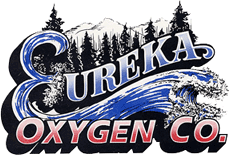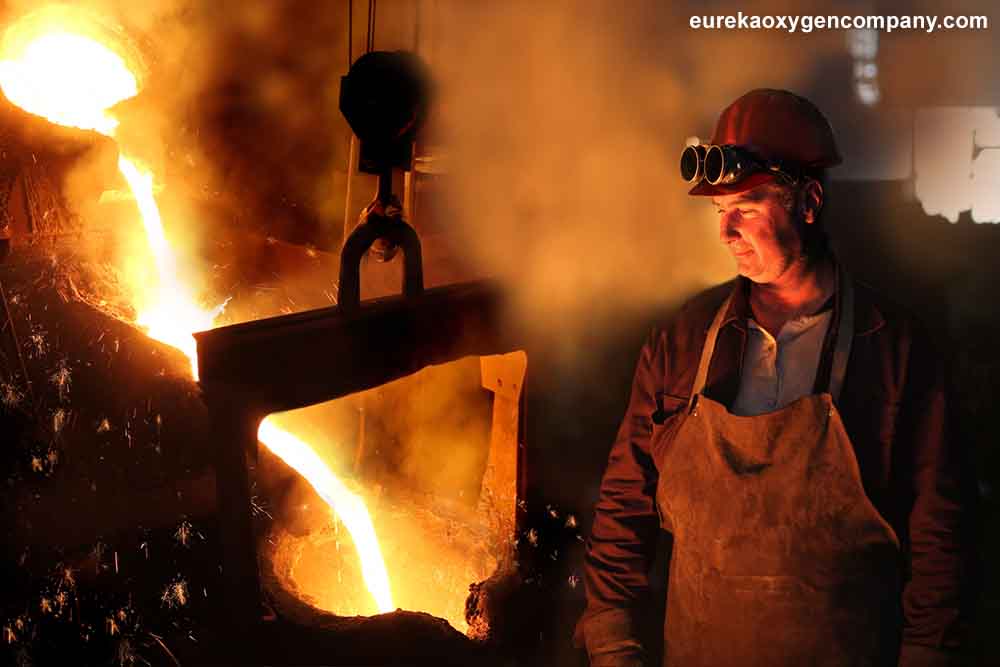Metal may not make the world go ‘round, but it does make the world modern, in the most basic sense. Metal started out as esoteric substances hidden away in rocks. Once the properties of metals became known, those rocks became ore. The rest, as they say, is history. Metallurgy is the term for all of the science and technology used in relation to metal – for its extraction from ore, its refining, the creation of alloys, and its implementation in functional products.
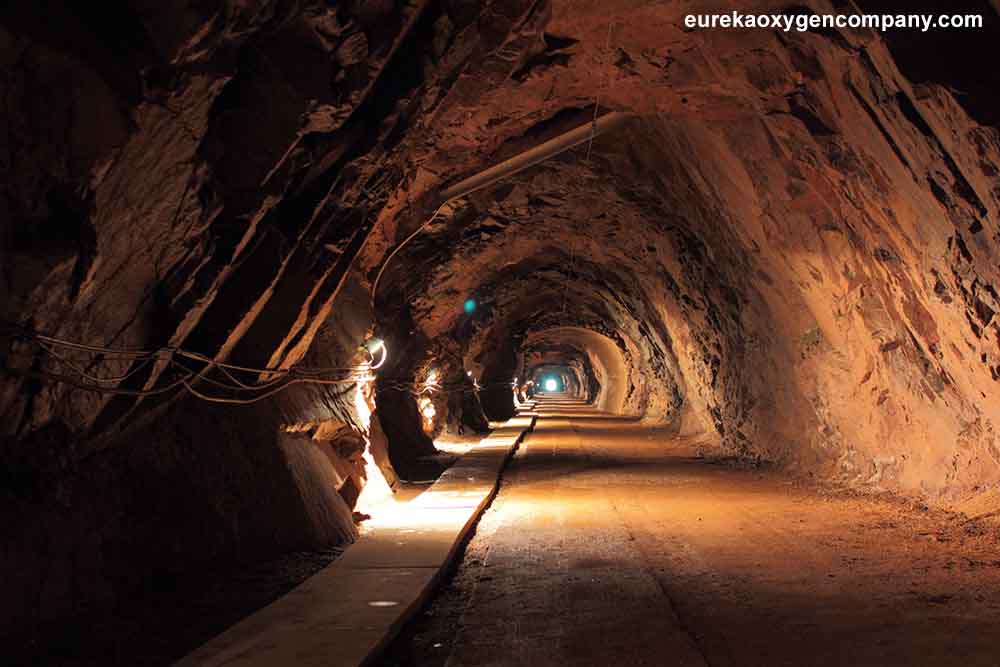
Metalworking is a discrete process – not part of metallurgy but entirely dependent on metallurgy. Fabrication and welding are metalworking. Mining and smelting are metallurgy. Not surprisingly, perhaps, the first recorded metal used by humans was gold. It occurs naturally and was found in Spanish caves dating back to the late Paleolithic era, 40,000 years BCE. The earliest metalworking is associated with Egyptian ironworkers and their products rendered from meteoric iron around 3,000 BCE.
Some metals that don’t occur free in the environment – like copper, tin, and lead – can be extracted from their ore with relative ease by heating the rocks in which they are present, in a fire or blast furnace. This extraction is known as smelting, and it has been happening for over 7,000 years.
The first “day” in the modern world is now known as the Bronze Age. It succeeded the Stone Age, in which all useful objects were made by chipping away at the stone with stone (flint). Bronze is the metal produced by smelting two readily available metals – copper and tin – into one combined, stronger alloy. Bronze was more durable than copper and could hold a sharper edge, longer.
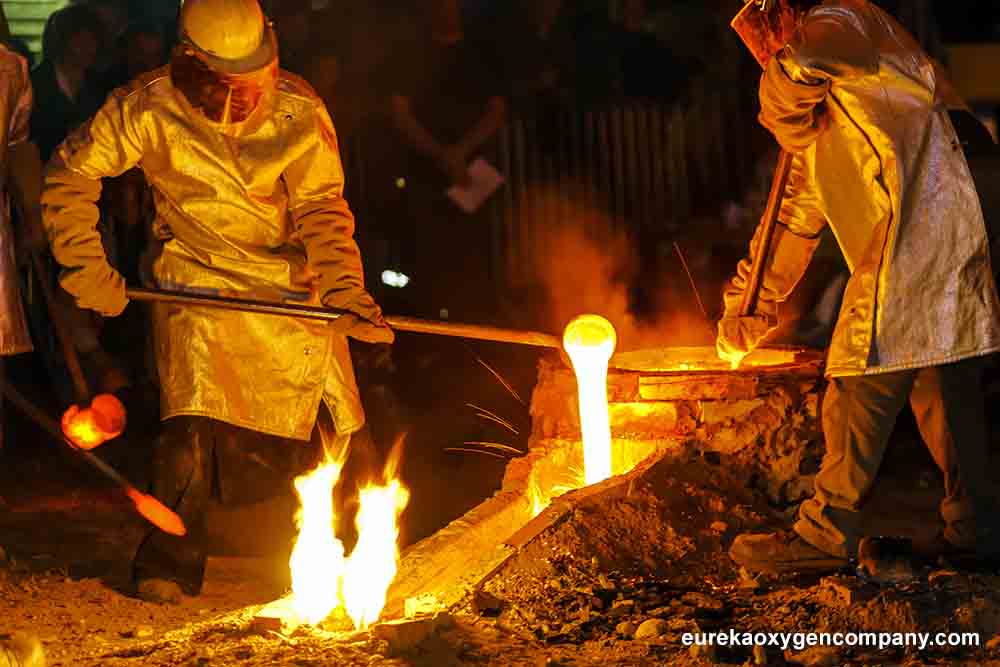
The second “day” was the Iron Age. Iron working did not begin until 1500 BCE, and by then bronze, which was stronger, had long since entered the market. Still, iron weaponry was wrought and it’s a good thing for the progress of the modern world because from iron eventually came steel. The creation of steel was probably a happy accident initially. When iron is reheated in a charcoal oven, carbon from the charcoal unites with the iron – creating steel, the alloy that supplanted bronze as the primary metal for weapons and other useful implements. The discovery of steel truly ushered in the Iron Age.
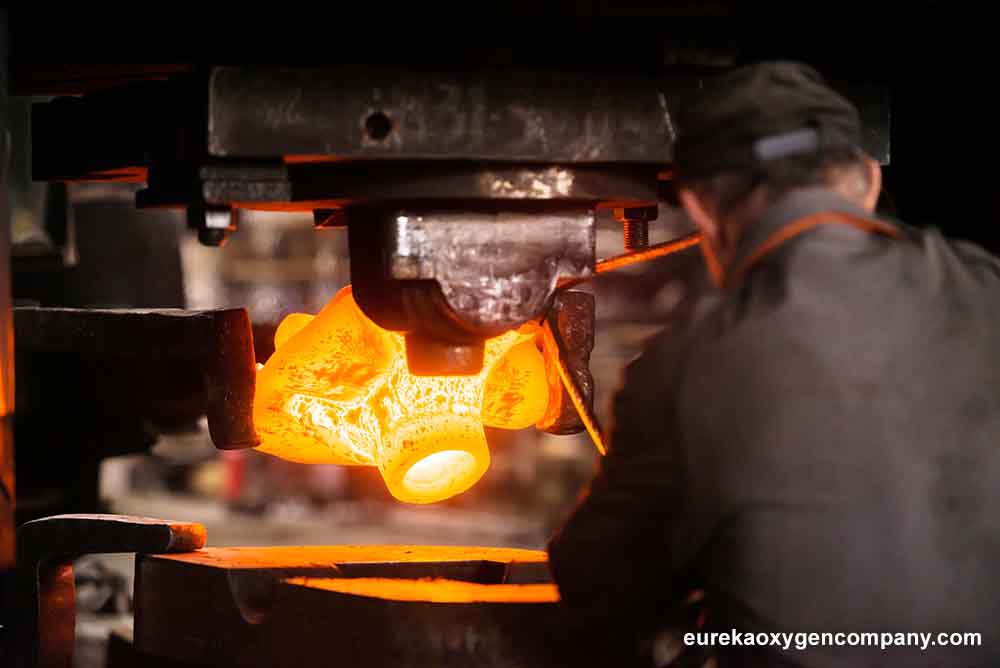
At the advent of the Iron Age, copper/bronze still had one major advantage. Current technology (and the maximum temperature that could be reached in a furnace) allowed for melting and casting bronze. At this point, iron products could only be created by heating and hammering (wrought). The Chinese apparently overcame this technological hurdle first – in 531 BCE — leaving Europe to catch up over a millennium later. By the time the Europeans had developed cast iron, the Chinese were using it to produce pillars for pagodas.
Fabrication and welding owe their status to metallurgy, and the discovery of fire. At Eureka Oxygen we can help keep your fire going with a variety of welding gases and supplies.
